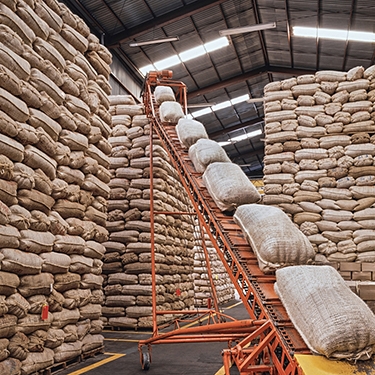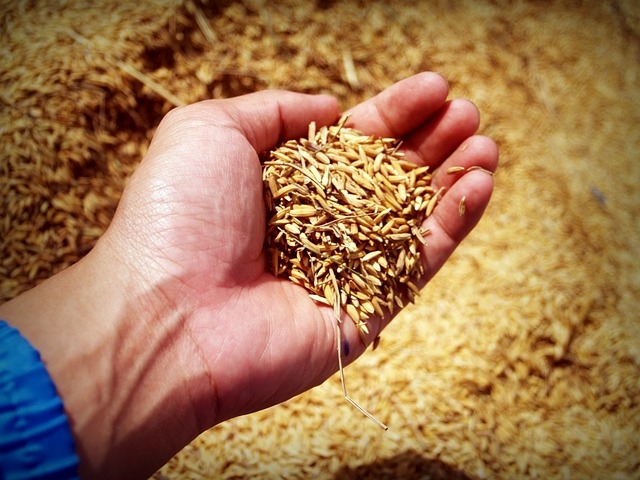Infrastructure investment due diligence

On behalf of a Canadian oilseed processer WPI's team provided market analysis, econometric modeling and financial due diligence in support of a $24 million-dollar investment in a Ukrainian crush plant. Consistent with WPI's findings, local production to supply the plant and the facility's output have expanded exponentially since the investment. WPI has conducted parallel work on behalf of U.S., South American and European clients, both private and public, in the agri-food space.

 The Trump tariff plans are still unfolding with almost daily changes. However, on a positive note, the latest news is that China and the U.S. have reached a framework agreement prior to President Trump and President Xi meeting on Thursday in Korea at the end of Trump’s Asia tour. China&rs...
The Trump tariff plans are still unfolding with almost daily changes. However, on a positive note, the latest news is that China and the U.S. have reached a framework agreement prior to President Trump and President Xi meeting on Thursday in Korea at the end of Trump’s Asia tour. China&rs...
 Yesterday, WPI presented our initial acreage forecasts for the 2026 U.S. crop year with a focus on the major crops (corn, soybeans, and all-wheat). Today, we extend that analysis to show our forecasts for more minor crop acres. Briefly, our modeling results show that producers across the U.S. a...
Yesterday, WPI presented our initial acreage forecasts for the 2026 U.S. crop year with a focus on the major crops (corn, soybeans, and all-wheat). Today, we extend that analysis to show our forecasts for more minor crop acres. Briefly, our modeling results show that producers across the U.S. a...